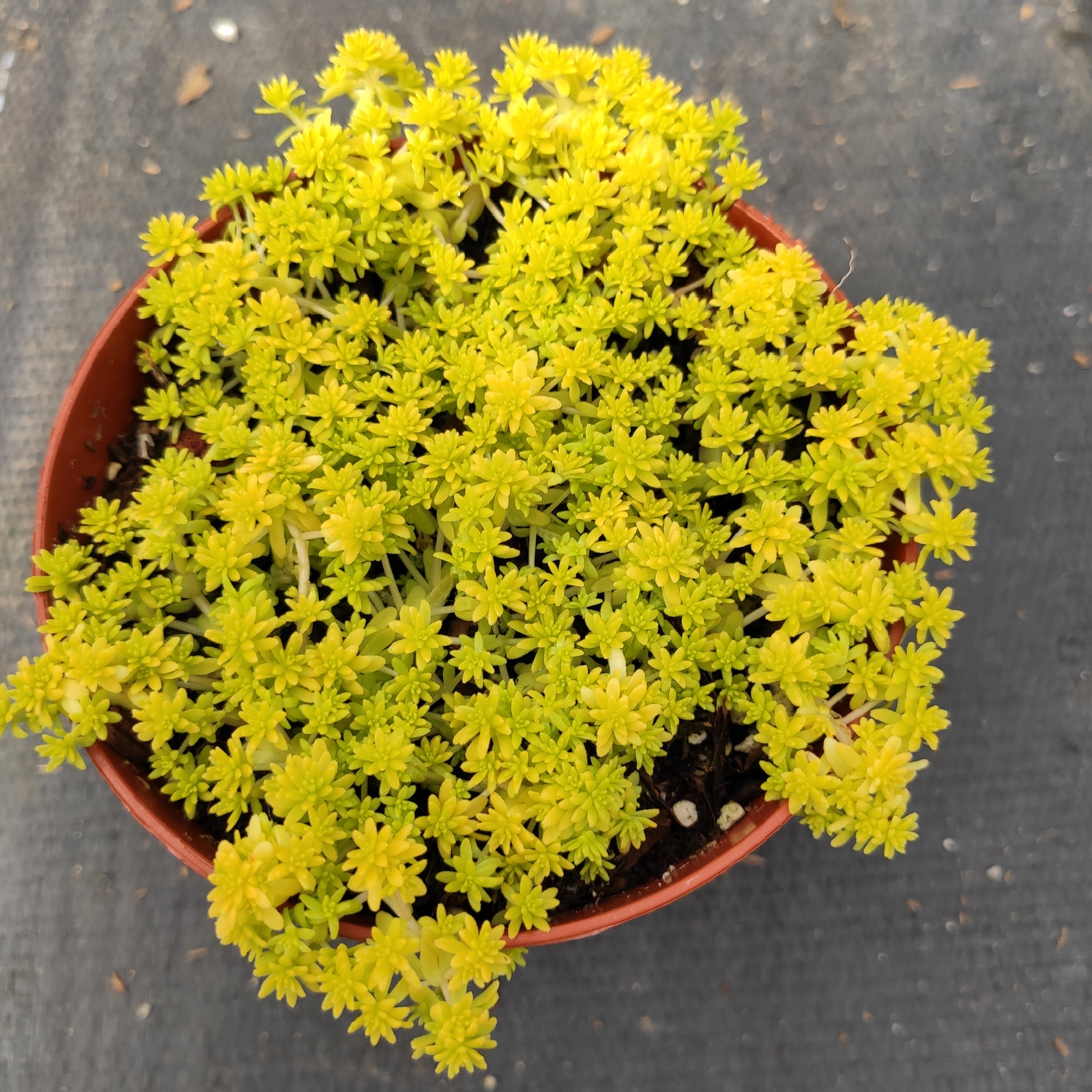Tokyo Sun Succulent
If you're looking for a succulent that can thrive in the sun, the Tokyo Sun Succulent may be just what you need. This rare plant is known for its bright yellow-green foliage, which can add a splash of color to any garden or indoor space. But, while it's a beautiful plant, it's important to know its ins and outs to ensure you can take care of it properly.
Pain Points of Caring for Tokyo Sun Succulent
When it comes to caring for the Tokyo Sun Succulent, it's important to make sure you're providing the right conditions. This includes making sure the plant has enough water and sunlight, but not too much of either. Additionally, the plant is susceptible to pests and diseases, so you'll need to keep an eye out for any signs of trouble.
Target of Tokyo Sun Succulent
The Tokyo Sun Succulent is a popular choice for those who want to add some color to their garden or indoor space with a low-maintenance plant. It's especially ideal for those who live in dry, hot climates since it can handle prolonged periods of sunshine and little water.
Main Points about Tokyo Sun Succulent
If you're considering adding a Tokyo Sun Succulent to your collection, there are a few key things to keep in mind. First, make sure you're providing it with enough sunlight, but not too much. The plant can handle a few hours of direct sunlight each day, but it's best to keep it in partial shade during the hottest parts of the day. Additionally, make sure you're not overwatering the plant as it can be susceptible to root rot.
Personal Experience with Tokyo Sun Succulent
I was hesitant to add a Tokyo Sun Succulent to my collection since I didn't have the best track record with succulents. However, I found that this plant was incredibly easy to care for and added a much-needed pop of color to my garden. I placed it in a spot that gets a few hours of direct sunlight each day, and it's been thriving ever since. The only issue I've had was when I overwatered it, but I quickly remedied that by letting it dry out before watering it again.
Deeper Explanation about Tokyo Sun Succulent
The Tokyo Sun Succulent is a type of Sedum, which is a genus of succulent plants that are native to Asia, Europe, and North America. This particular variety is known for its bright yellow-green foliage, which can turn a bronze color in the fall. The plant produces small, star-shaped flowers in the summer, which are an added bonus.

One of the reasons why the Tokyo Sun Succulent is so easy to care for is because it can handle dry soil and prolonged periods of sunshine. However, it's important not to overwater the plant as it can be susceptible to root rot. Additionally, the plant is prone to mealybugs and spider mites, so you'll need to keep an eye out for any signs of infestation.
Tokyo Sun Succulent and Sunlight
The Tokyo Sun Succulent can handle a few hours of direct sunlight each day, but it's best to keep it in partial shade during the hottest parts of the day. If you're growing the plant indoors, try to place it near a sunny window or under a grow light. If you notice that the leaves are turning brown or crispy, it may be a sign that the plant is getting too much sunlight.

Tokyo Sun Succulent and Watering
The Tokyo Sun Succulent is a drought-tolerant plant, so it's important not to overwater it. Make sure the soil is dry to the touch before watering the plant, and be sure to only water it when necessary. If you notice that the leaves are turning yellow or mushy, it may be a sign that the plant is getting too much water.
Personal Experience with Pests and Diseases
While the Tokyo Sun Succulent is generally a hardy plant, I did notice that it was susceptible to mealybugs. I noticed tiny white fuzzballs on the plant, which were actually mealybugs. I removed the bugs with a cotton swab dipped in rubbing alcohol and kept an eye on the plant to make sure the infestation didn't return. Fortunately, the plant has been healthy ever since.
Question and Answer
Q: Can the Tokyo Sun Succulent survive in cold temperatures?
A: No, the Tokyo Sun Succulent is not frost-tolerant and should be brought indoors if the temperature drops below freezing.
Q: How often should I water my Tokyo Sun Succulent?
A: It's best to water your Tokyo Sun Succulent when the soil is dry to the touch. Depending on the climate and growing conditions, this may be once a week or once every few weeks.
Q: What should I do if my Tokyo Sun Succulent gets sunburned?
A: If your Tokyo Sun Succulent gets sunburned, move it to a shadier spot and make sure it's getting enough water. The plant should recover within a few weeks, and you can trim off any damaged leaves once they've dried out.
Q: Can I propagate my Tokyo Sun Succulent?
A: Yes, the Tokyo Sun Succulent can be propagated through stem cuttings or by separating offsets from the parent plant.
Conclusion
The Tokyo Sun Succulent is a stunning addition to any garden or indoor space, and it's a particularly great choice for those who live in dry, hot climates. By providing the right conditions and keeping an eye out for pests and diseases, you can ensure that your plant thrives for years to come.
Gallery
Tokyo Sun Succulent Live Plant, Ground C | Mercari | Live Plants

Photo Credit by: bing.com / mercari
Pin On Gardening

Photo Credit by: bing.com / sedum japonicum plants sun succulents tokyo gardening zone garden succulent choose board flowers
Sedum Japonicum 'Tokyo Sun' Rare Succulent Plant Shown In 4" Pot

Photo Credit by: bing.com / sedum japonicum succulent tokyo pot shown rare plant sun
Sedum 'Tokyo Sun' – LET LOVE GROW (Succulent & Cactus)

Photo Credit by: bing.com / tokyo sun sedum succulent
‘Tokyo Sun’ Sedum. Is It Just Me Or Is Anyone Else Obsessed With Ground

Photo Credit by: bing.com / sedum tokio obsessed identificación